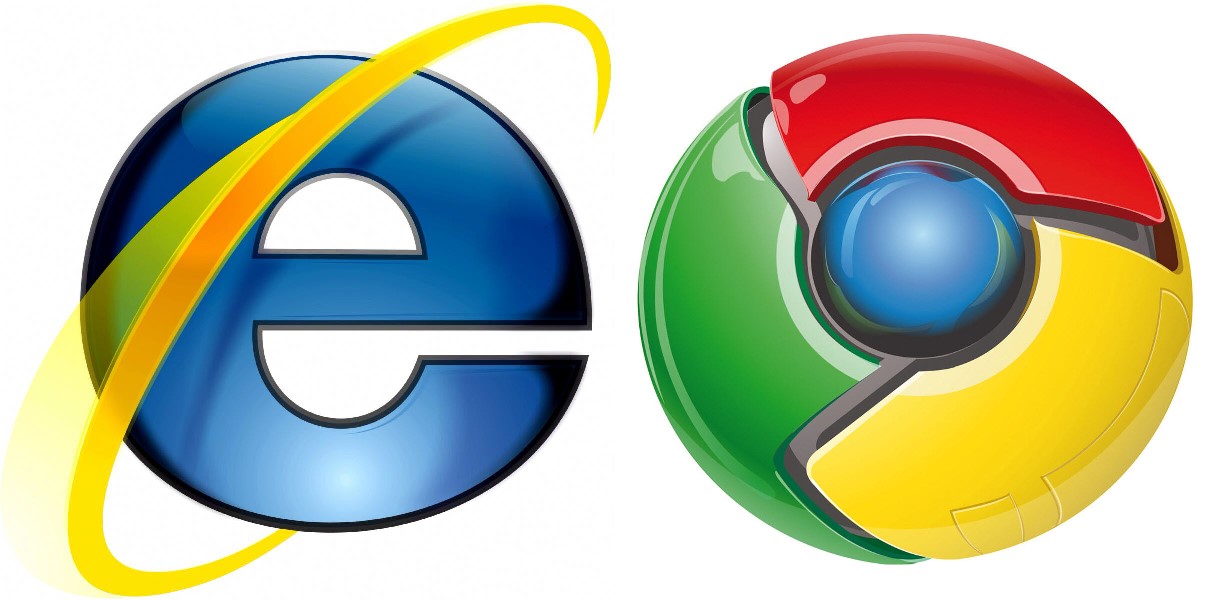

It failed miserably due to Windows 10’s hardware requirements, and as a result the HP Stream is one of the slowest budget laptops on the market today. Hewlett-Packard tried cramming Windows 10’s 15 GB partition size into its Stream laptop series, which only featured 32 GB and 64 GB of storage. Windows 10X expresses itself as a simple but modern OS in a time where portability, user friendliness, and low-end laptops rule.Ĭoming in at just over 7 GB, Windows 10X would fit perfectly into a machine with 32GB or 64GB of eMMC (flash) storage. Stylistically, the user interface and layout are very similar to that of Chrome OS, but that’s the point. The Settings app is pretty much the same as the one in standard Windows 10. The classic Action Center is replaced by a more mobile and compact floating menu, with notifications and brightness level at first sight. Windows 10X action center (Windows Central) The taskbar also contains a small number of apps. The launcher displays essential Windows apps, such as Microsoft Edge, Outlook, Calendar, Photos, Microsoft Store, File Explorer, and Settings.

While the OS still retains the font and colors of Windows 10’s light theme, the classic start menu is gone and has been replaced with a tasteful and minimalistic launcher. Initial Look Windows 10X with launcher opened (Windows Central) The Windows Metro user interface just wasn’t good enough, and Microsoft tried to please everyone but instead ended up failing on all fronts. While Windows 8 and 8.1 were aimed at low-spec laptops and convertible tablets, they were a relative failure. While Microsoft has been doubling down on continuing to innovate Windows 10 for personal computers, it finally has its own answer to its new lightweight Linux-based competitor: Windows 10X.Īvailable first through insider leaks and then officially to Microsoft Insider Program developers through an emulator in the Microsoft Store, Windows 10X brings a fresh perspective to a lightweight version of Windows that we haven’t seen in a while. Just ten days ago, macOS ceased to be the world’s second-most popular operating system as it was overtaken by Chrome OS with 10.7% market share.Įven though Microsoft’s venerable Windows lineup still holds a commanding 80.5% market share, Chrome OS and its low-cost, low-spec Chromebook machines are on the rise.


 0 kommentar(er)
0 kommentar(er)
